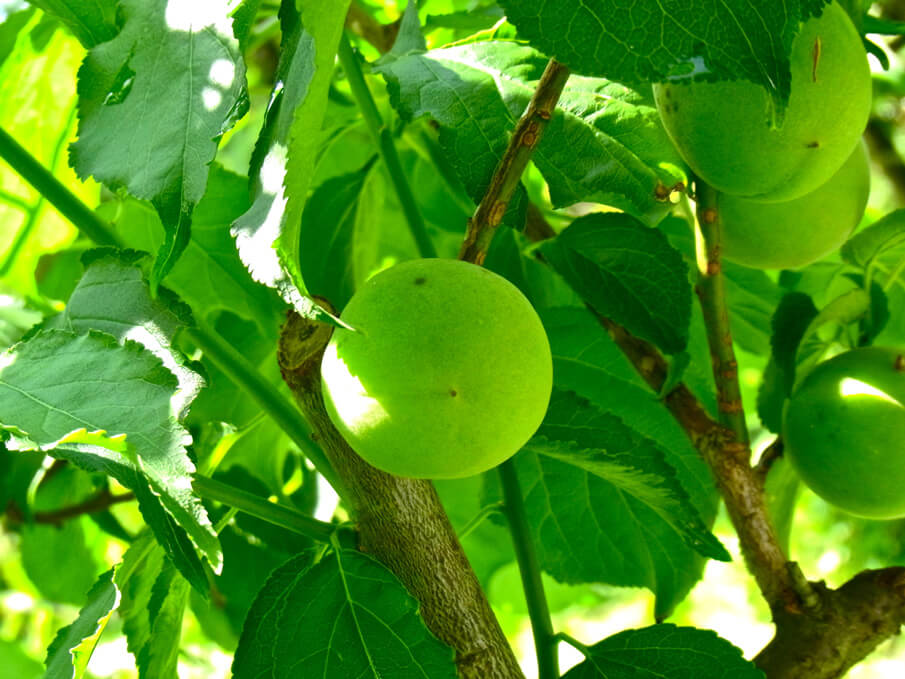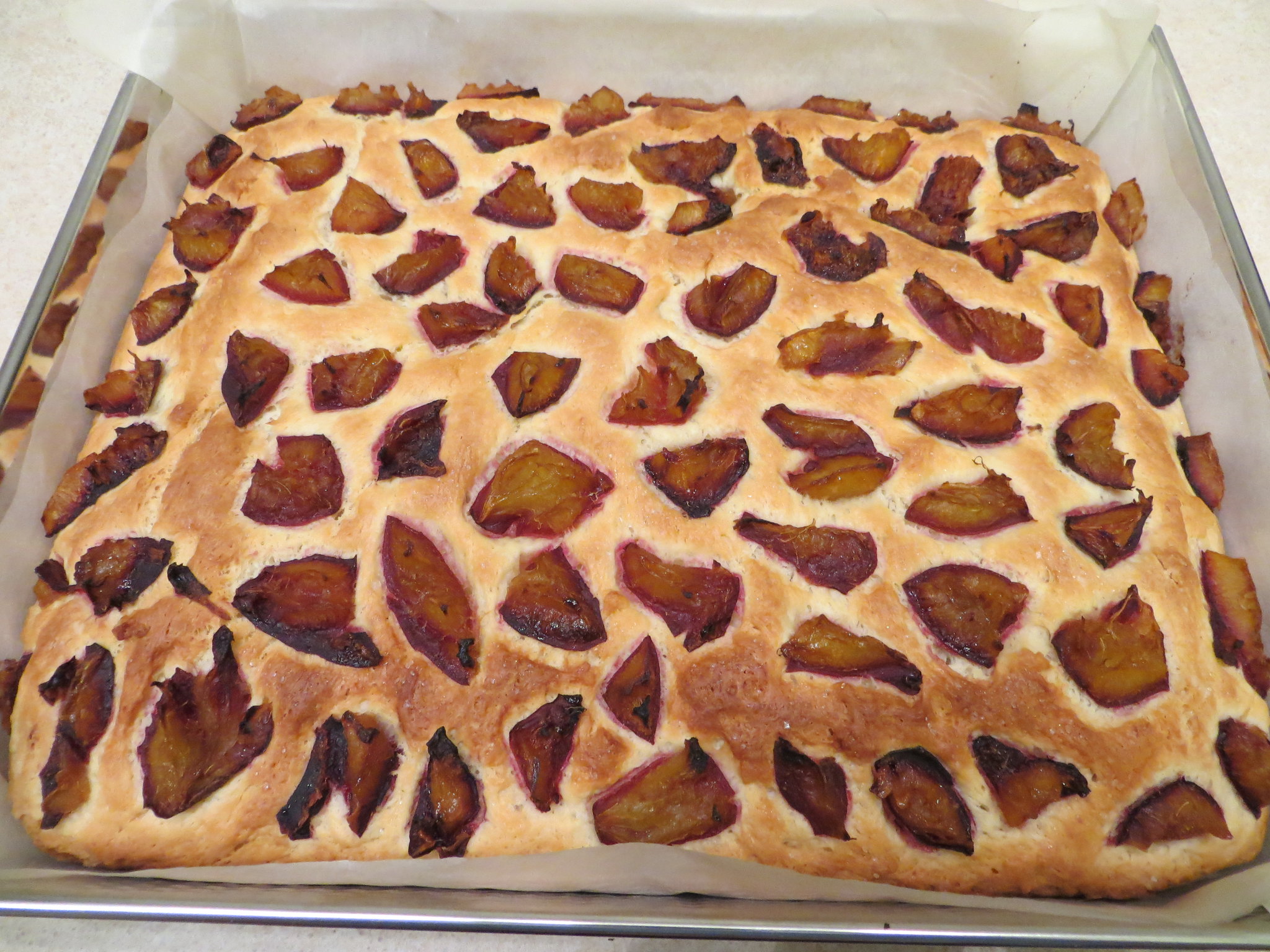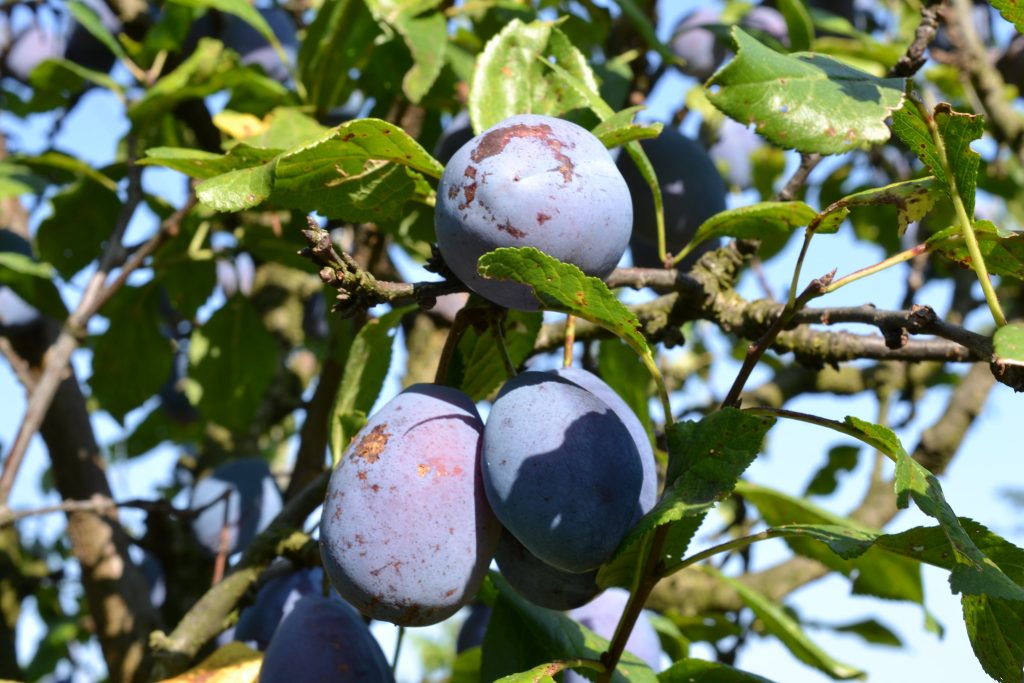[lwptoc skipHeadingLevel=”h1,h4,h5,h6″]
When the global coronavirus lockdowns started in March of the previous year, individuals and families were either required or strongly encouraged to stay at home and avoid non-essential travel. During the lockdown period, people picked up new hobbies to distract themselves. Some people found coronavirus gardening as an effective way to pass the time.
These past several months, we at Catsup and Mustard have been working hard to publish guides to help inspire you to start a garden or plant a tree in your yard. We want households to maintain their love for plants and continue to develop their green thumb even after COVID-19 is long gone. After all, gardening offers plenty of physical and mental health benefits, including stress reduction and a much-needed boost of Vitamin D (if you’re caring for plants outdoors).
This gardening issue, we’re going to share a guide to help you plant and grow plum trees in your home.
Quick Facts About Plums and Plum Trees

A plum is an oval, fleshy stone fruit that grows on trees belonging to the Prunus genus. All plums have sweet flesh and smooth and edible skin surrounding a pit. Depending on the variety, this fruit may have a yellow, purple, red or green color.
You can find plum trees grown throughout the globe, though the United States, Serbia, Romania and China lead commercial cultivation. Plums are a global ingredient found in various cuisines in North America, South America, Asia and Eastern Europe. You can eat this fruit raw as a sweet-tasting and fresh snack.
Some species can reach a height from 20 to 33 feet. Other species grow smaller or have tiny shrubs with drooping branches.
Common Varieties of Plum Trees
This wonderful fruit tree has more than 20 varieties that you can plant in your home orchard. Some of the plum trees that homeowners could grow are the following:
Japanese Plum Tree
Despite its name, this plum tree variety actually originated in China. Although the fruit from this plum has a juicy fresh, it’s not as sweet as the European variety. Japanese plum trees have evergreen leaves and can grow up to 30 feet in height.
European Plum Tree
This fruit tree variety is versatile because it can grow well in both hot and cold temperatures. This tree produces high-quality and extra sweet plums.
Cherry Plum Tree
This tree is native to western Asia and southeast Europe. It can grow up to approximately 40 feet in height. It’s one of the first European fruit trees to produce flowers in springtime.
American Hybrid Plum Tree
These plum trees are winter-hardy, but still grow well when you plant them in Florida and other areas in the Deep South. The plums produced by this tree are usually yellow or red. Also, they’re tiny, having a diameter of only three-quarters of an inch.
Canada Plum Tree
Also known as black plums, these plants can grow up to 33 feet in height and have wedge-shaped, broad leaves. The fruit has a slightly oval shape with thick and tough skin. Canada plums are incredibly juicy, but have a somewhat sour flavor. They’re perfect for making jellies, jams and pies.
Green Egg Sour Plum Tree
This plum tree can grow up to approximately eight feet in height. The medium-sized fruit produced by this plant is fairly sour. You can eat the green-colored plum to cleanse your palate between dishes.
When the plum ripens, it will turn pale red. By this time, it will have a mildly sweet taste.
Superior Plum Tree
This fruit tree can get up to 15 feet in height. The color of the plums is red (similar to a cherry tomato). They also have a rich taste. Once they’re ripe, you can eat them right off the tree.
If you want a quick-growing plum tree, this variety is right for you.
Benefits of Eating Plums
The fruit from the plum trees is not only delicious, but is also healthy.
Here are some of the health benefits when you make plums part of your diet:
Low in Calories
Looking for a guilt-free snack? Try eating plums. This fruit packs 30 calories. What’s more, it can help you satisfy your cravings for sweet foods. If you’re on a diet or are looking to cut back on your overall calorie intake, consider consuming this delicious fruit.
Aids in Digestion
The digestive tract may experience clogging if it is not getting fiber and water. Plums contain dietary fiber to help improve digestion and make sure that the bowels inside the body move as intended.
Reduced Cell Damage
The vitamin C in plums can help repair cells, support the body’s immune system and slow down the aging process. These fruits also anthocyanins (the reddish-blue pigment in the plum), which help eliminate harmful free radicals.
How to Grow a Plum Tree

Unlike an avocado tree that takes a lot of care and attention to maintain, plum trees are cold hardy, require minimal maintenance after you plant them and produce lots of tasty stone fruit. You should plant these trees in early spring or late winter. This reduces the shock of transplanting and encourages the tree to begin new spring growth.
Once you have your planting tools and materials ready, follow these steps:
Choose a Good Spot to Plant Your Plum Tree
Just like the eucalyptus plant, plum trees require full sunlight to bear sweet fruit. So pick a location that gets at least six hours of sun a day. Then, use well-draining and loamy soil rich in organic matter.
Prep the Sapling
If you’re planting a bare-root plum tree, hydrate the roots for up to six hours by immersing them in a bucket of water. Note: skip this step if you have a plum sapling planted in a ball-and-burlap or a container.
Dig the Hole for Your Plum Tree
The hole should be at least four inches wide. It must also be deeper than the sapling’s root ball. By prepping the hole, you can avoid the roots from bending back on themselves.
Put the Roots in the Hole
The soil line should align with the hole’s surface line. If you have a ball-and-burlap plum tree sapling, put the plant in the hole with the burlap still encasing the sapling. This will help you secure the rootstock when you work on positioning the tree. Then, tear the burlap and lift the tree to take out the wrapping.
Fill the Hole and Water the Plant
Use compost and soil to fill the hole gently. Make sure that you shake the trunk to allow the soil to enter the root system. Then, add a top layer of mulch around the plum tree to deter weeds and retain moisture. Just make sure that the mulch does not touch the trunk, as this can cause the wood to rot. Once your plum tree sapling is in its new home, water the sapling weekly on a low setting.
Cooking with Plums

What can you do with the plums you’ve harvested from your plum tree? Apart from eating it raw, you could use it as a main or supporting ingredient in a variety of dishes.
Here are a few examples to get you started in cooking these tasty fruits:
Plum Chutney
Turning plum into chutney is a great way to enjoy this delicious fruit. The recipe is simple: combine plums with apples, dates and aromatics like ginger, cinnamon and star anise. Simmer everything until the mixture becomes thick and dark brown. Enjoy chutney all year long by storing it in a jar and inside a cool, dark place.
Plum Cake
Serve your family and your guests this sweet and satisfying treat. Once you’ve picked the ripest fruits from the plum tree, slice them, add sugar and toss them into an easy-to-make batter. Then, bake the cake until it puffs up and turns golden.
Plum Barbecue Sauce
This fruit isn’t just a dessert ingredient. You can use it as a sauce for your savory pork or chicken dishes. Combine plums with cinnamon, rice wine vinegar, garlic and onion in a pot. Next, simmer until the fruit turns soft. Then, pour the mixture into a food processor or a blender until you achieve a smooth consistency.
If you’re looking to stay busy and healthy during the pandemic, consider growing a plum tree in your home. You can eat the fruit as is or cook them to make delicious desserts and other dishes.

